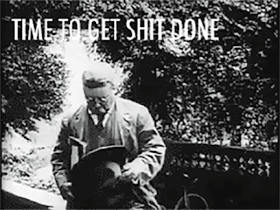Depending on their skills and previous job experience some of the paratroopers went into service companies within airborne battalions as cooks, clerks, drivers, mechanics, translators and the like. One special occupation, which required an extra 3 weeks of training, was parachute rigger. Originally, jump school taught not only jumping, but also how to load equipment on a plane and how to inspect, repair and pack chutes. However, as demand for new airborne graduates increased, training time was cut down, and only riggers were given advanced instruction on these topics, while “ordinary” airborne were limited to basic packing and maintenance, which, of course, still put them head and shoulders above most soldiers without such training.
H/T to Robert in Cullman
|
|






















